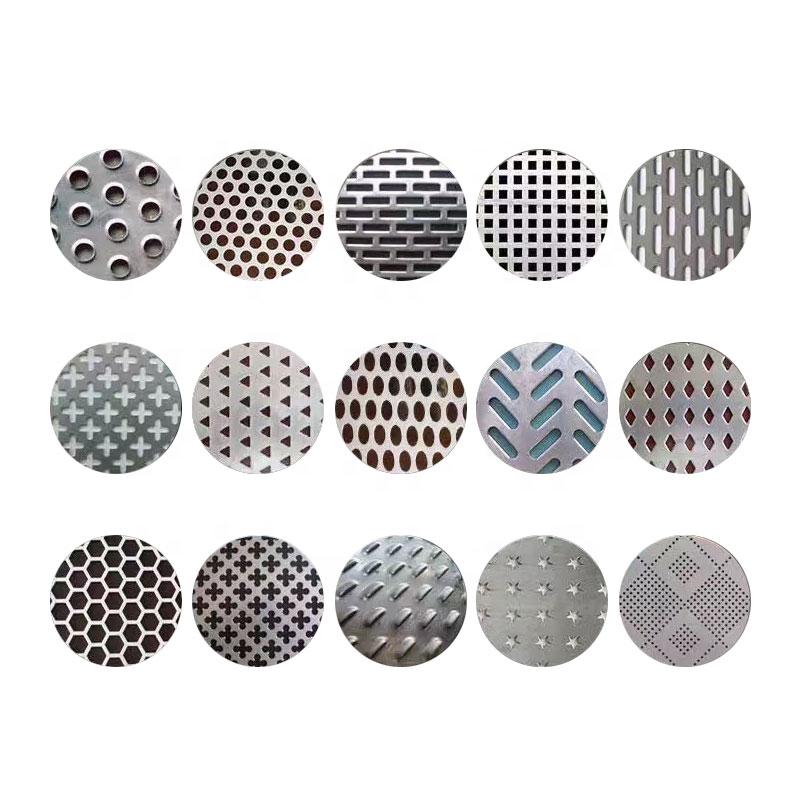The Importance of Anti-Wind Nets in Modern Agriculture
In the ever-evolving landscape of agriculture, farmers are constantly seeking innovative ways to protect their crops from the detrimental effects of environmental factors. One of the growing concerns for agronomists and farmers alike is wind damage. High winds can severely impact crop yield and soil health, making it essential to explore effective protective measures. One such solution gaining traction is the implementation of anti-wind nets.
Understanding Wind Damage in Agriculture
Wind poses several challenges to agricultural practices. Not only can high winds physically damage crops, breaking stems and displacing plants, but they can also lead to increased evaporation rates in soil, ultimately affecting moisture levels necessary for healthy crop growth. Additionally, winds can contribute to soil erosion, reducing the fertility and structure of the earth that sustains crops. The economic implications of wind damage can be significant, leading to reduced harvests and higher costs associated with crop management and restoration.
What Are Anti-Wind Nets?
Anti-wind nets are specially designed barriers made from various materials that create a protective barrier around crops. These nets are strategically placed to buffer the impact of strong winds, thereby reducing their velocity before they reach the plants. By creating a microclimate, these nets help not only in protecting crops but also in promoting better farming conditions, including increased humidity and temperature regulation beneath the nets.
Benefits of Using Anti-Wind Nets
1. Crop Protection The primary benefit of anti-wind nets is their ability to shield crops from physical damage caused by wind. By reducing wind speed, they minimize the risk of broken branches and uprooted plants, ensuring a healthier harvest.
anti wind net

2. Soil Conservation Wind erosion can strip the topsoil of its nutrient-rich layer. Anti-wind nets help decrease soil erosion by acting as a barrier against wind forces, preserving the fertile top layer of soil that is crucial for plant growth.
3. Microclimate Creation The nets promote the development of a microclimate, fostering a more stable environment for crops. This results in improved moisture retention in the soil and a reduction in temperature fluctuations, which can help mitigate the stress on plants during extreme weather conditions.
4. Pest and Disease Management Anti-wind nets can also help in managing pests and diseases by acting as a physical barrier that prevents certain insects and pathogens from reaching the crops. This reduces the need for chemical pesticides, promoting more sustainable farming practices.
5. Economic Advantages By protecting yields from wind damage and reducing soil erosion, anti-wind nets can lead to higher overall productivity. Farmers investing in these nets often see a return on their investment through increased crop yield and reduced losses in adverse weather conditions.
Challenges and Considerations
While anti-wind nets offer numerous advantages, there are challenges associated with their use. The initial cost of installation can be a barrier for some farmers, and ongoing maintenance is necessary to ensure long-lasting effectiveness. Additionally, the nets must be strategically placed to optimize their protective benefits without causing unintended consequences, such as disrupting local wildlife or air circulation.
Conclusion
In conclusion, the integration of anti-wind nets into modern agricultural practices represents a promising solution to combat the challenges posed by wind. With their ability to protect crops, conserve soil, and create favorable growing environments, these nets can play a pivotal role in enhancing agricultural sustainability. As the agricultural landscape continues to adapt to climate uncertainties, investing in anti-wind nets could very well be a key component in ensuring successful and resilient farming practices in the face of changing weather patterns. As technology advances, the future of agriculture may increasingly rely on such innovative methods to safeguard our food sources.
-
Why Galvanized Trench Cover Steel Grating Resists Corrosion
NewsJul.10,2025
-
The Versatility and Strength of Stainless Expanded Metal Mesh
NewsJul.10,2025
-
Load Calculations in Steel Grating Platforms
NewsJul.10,2025
-
Keeping Pets and Kids Safe with Chicken Wire Deck Railing
NewsJul.10,2025
-
Hole Diameter and Pitch for Round Perforated Metal Sheets
NewsJul.10,2025
-
Aluminium Diamond Mesh in Modern Architecture
NewsJul.10,2025
Subscribe now!
Stay up to date with the latest on Fry Steeland industry news.

